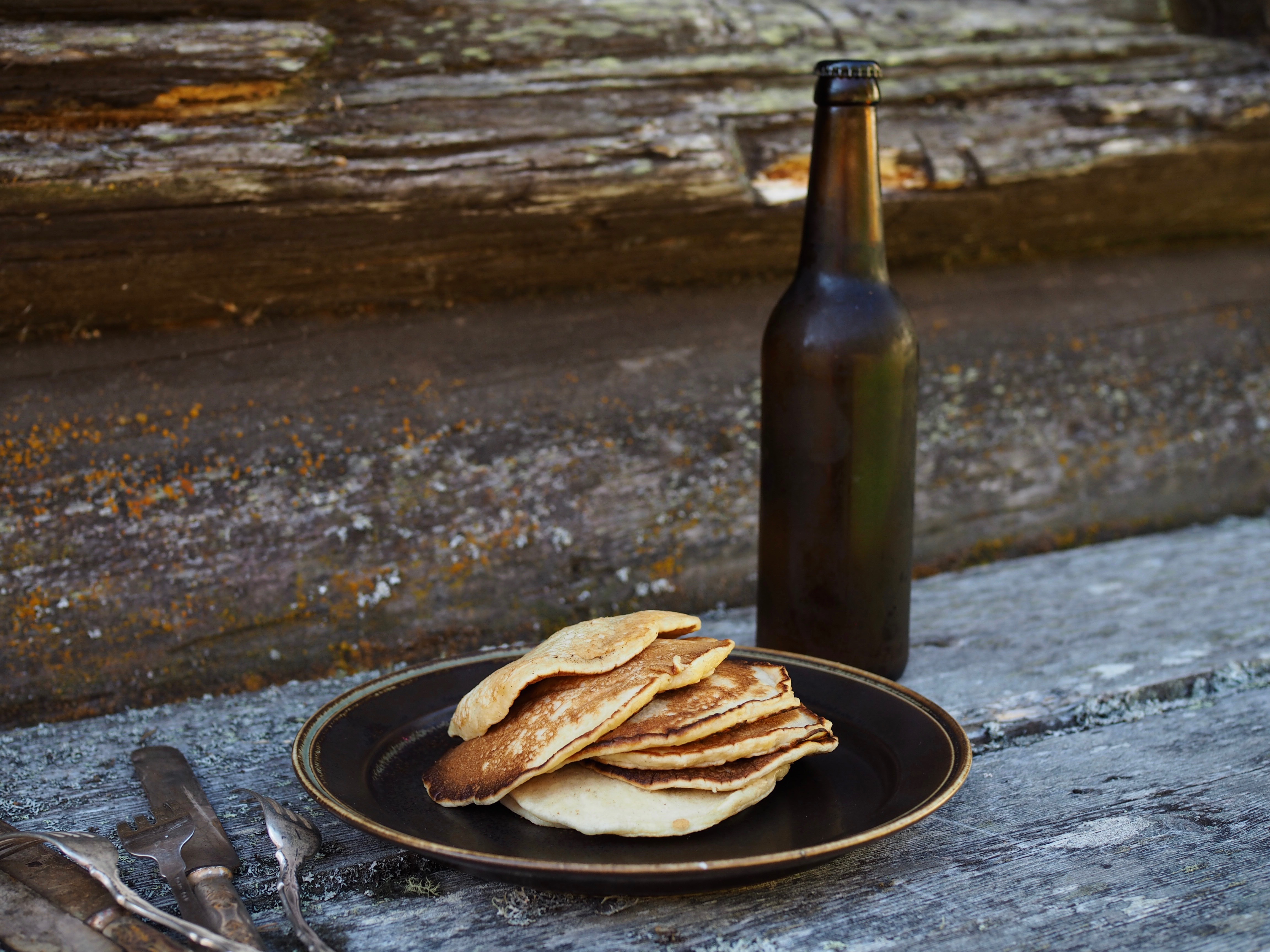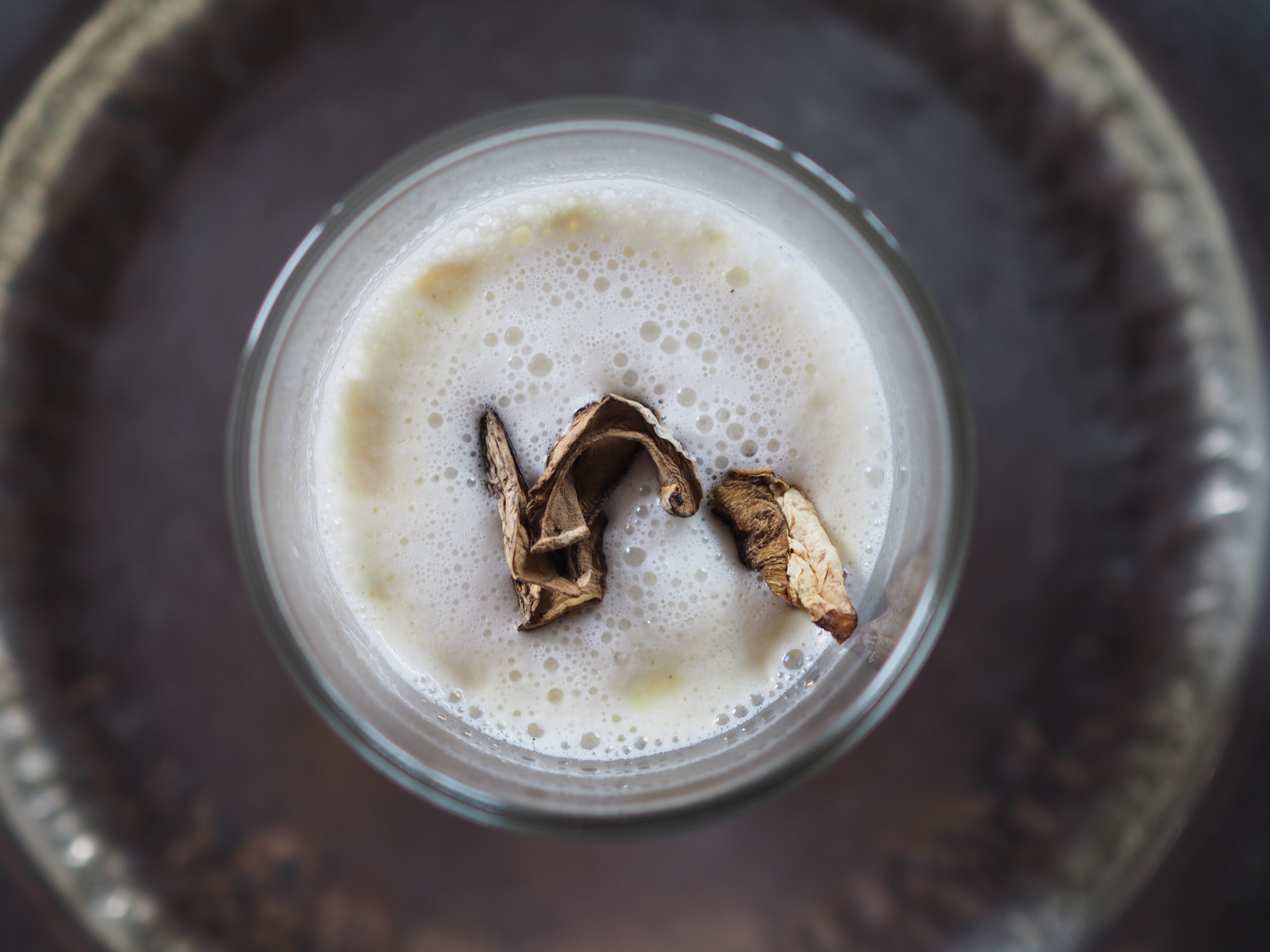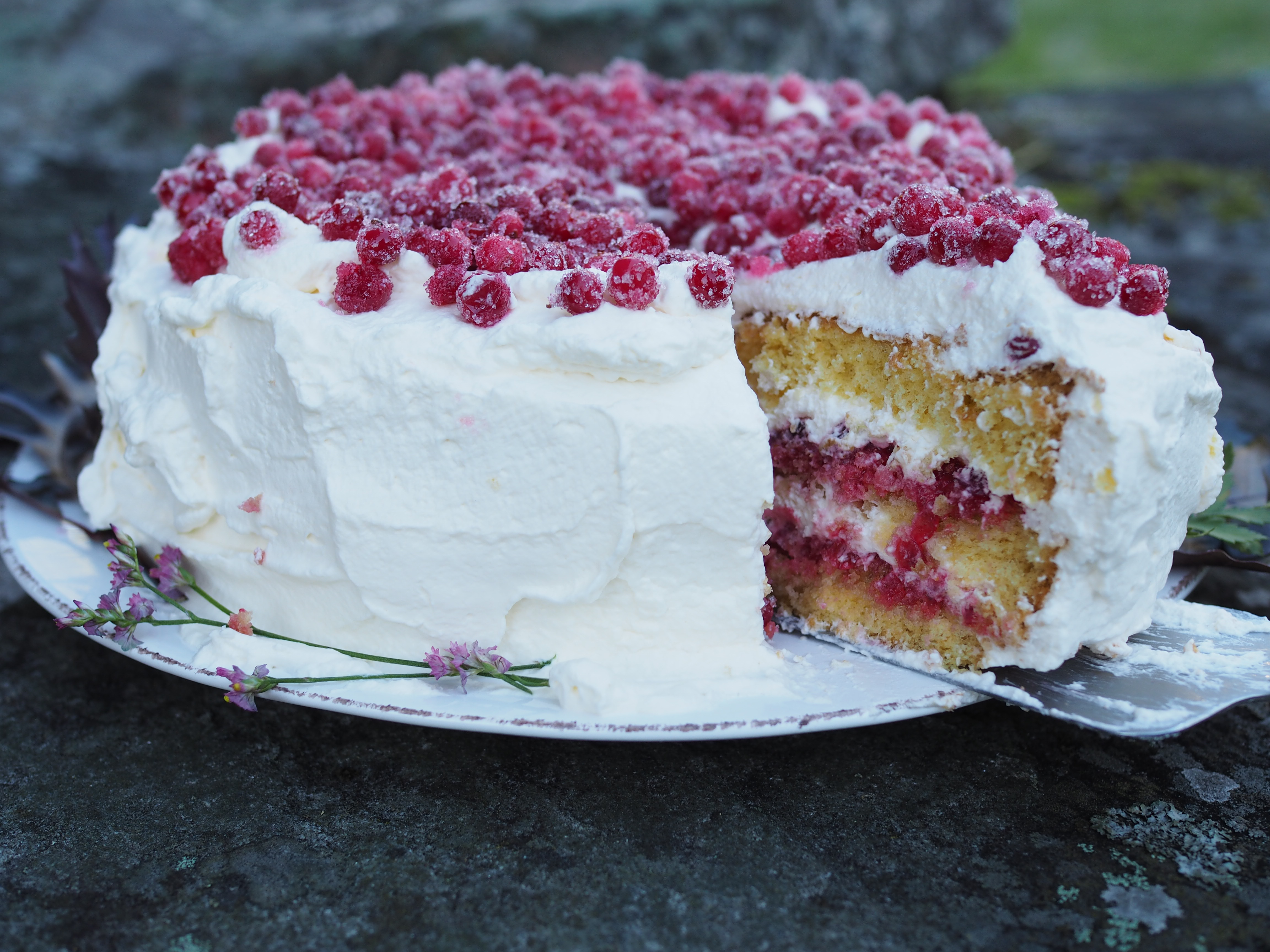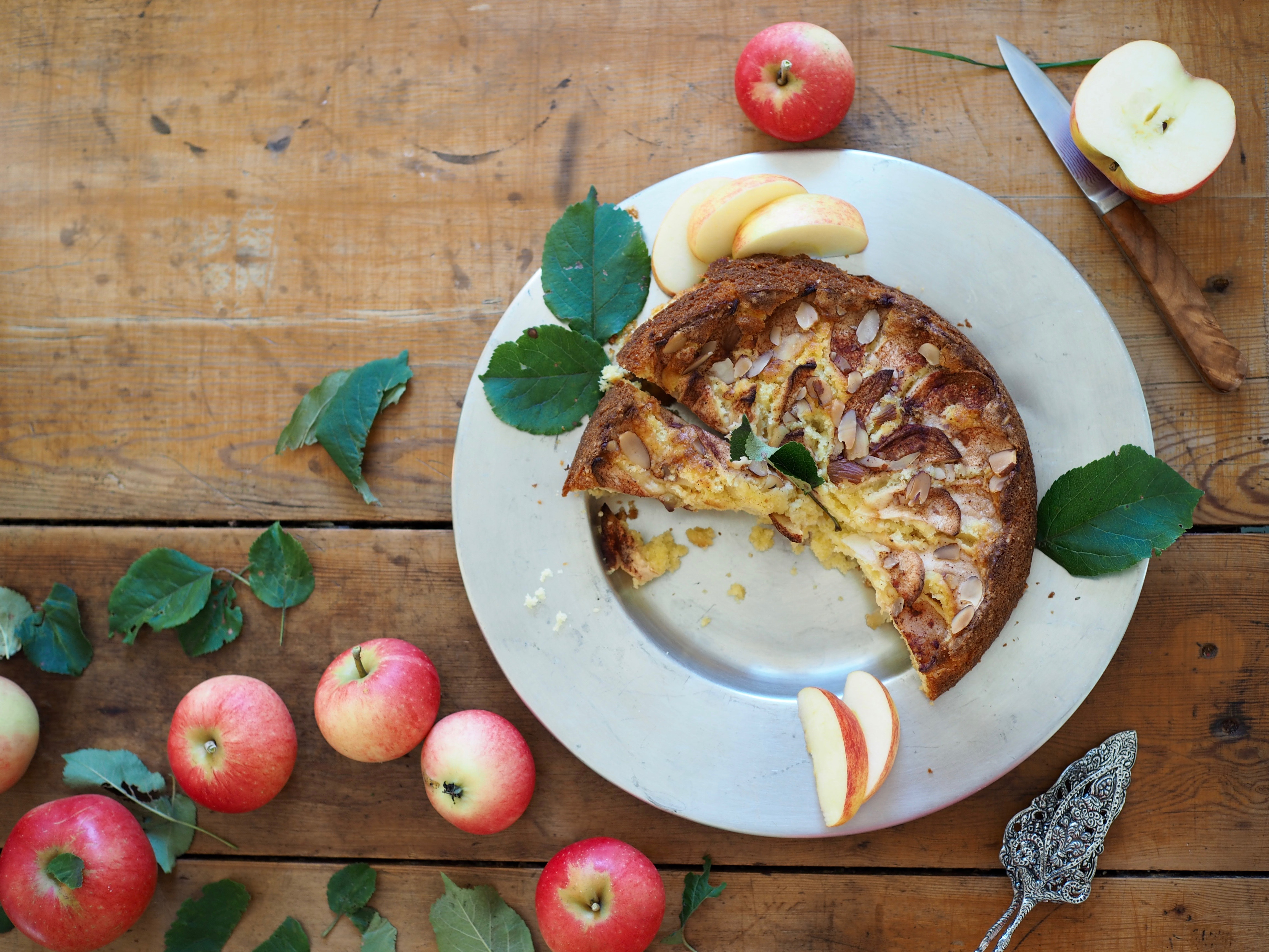
 Lapper is a traditional Norwegian flat cake similar to that of an American pancake, but by no means the same. Flat cakes have a long tradition in Norway, particularly in western Norway, which stretches back to the 1300s when the daily lives of most Norwegians were marked by poverty. Every ingredient was used to its fullest so as not to waste it. Sour milk, surmelk, was a common commodity and families would use the leftovers and mix with dry goods to be baked. The cakes were then served alongside Saturday coffee.
Lapper is a traditional Norwegian flat cake similar to that of an American pancake, but by no means the same. Flat cakes have a long tradition in Norway, particularly in western Norway, which stretches back to the 1300s when the daily lives of most Norwegians were marked by poverty. Every ingredient was used to its fullest so as not to waste it. Sour milk, surmelk, was a common commodity and families would use the leftovers and mix with dry goods to be baked. The cakes were then served alongside Saturday coffee.
I would say lapper is a variation of svele. A sibling, perhaps. They’re family. They have similarities. They have differences. Sometimes they overlap. You may not be able to tell them apart. They have different facets depending upon the ingredients available in various regions of Norway. Yet, svele is the more-well known term deeply rooted in western Norway. Around the 1920s it began to be associated with ferry-travel and tradition stands that customers should eat one aboard as they begin their journey. (more…)



 There’s a certain joy that comes from being able to watch another person prepare a dish. Being the student and able to just listen and learn and see the creativity of another person unfold. I am lucky to have many friends and neighbors who are wonderful cooks and who are happy to share their recipes and techniques with me. One such friend is the beautiful and kind Maj-Lis.
There’s a certain joy that comes from being able to watch another person prepare a dish. Being the student and able to just listen and learn and see the creativity of another person unfold. I am lucky to have many friends and neighbors who are wonderful cooks and who are happy to share their recipes and techniques with me. One such friend is the beautiful and kind Maj-Lis.

 There are so many reasons to celebrate. Daily ones in fact. From the sweetest smiles to the dearest conversations to the sun’s rays dancing across the trees. It would be unfitting to overlook the simple delights that each day brings and which call for even the smallest hint of celebration.
There are so many reasons to celebrate. Daily ones in fact. From the sweetest smiles to the dearest conversations to the sun’s rays dancing across the trees. It would be unfitting to overlook the simple delights that each day brings and which call for even the smallest hint of celebration.


 As September arrives in Norway so does the annual round up of the sheep from the mountain pastures to return them to their respective farms. Days of carefully planned and established methods see flocks move across the terrain guided by people and shepherd dogs alike. This is a special time. Days are set aside, bags are packed and groups of people take on this task together – moving and guiding the sheep, sleeping (sometimes bundled in sleeping bags in one-room cabins) and sharing communal meals. If the weather is favorable, the experience is said to be one of the most beautiful and remarkable excursions one can have in nature.
As September arrives in Norway so does the annual round up of the sheep from the mountain pastures to return them to their respective farms. Days of carefully planned and established methods see flocks move across the terrain guided by people and shepherd dogs alike. This is a special time. Days are set aside, bags are packed and groups of people take on this task together – moving and guiding the sheep, sleeping (sometimes bundled in sleeping bags in one-room cabins) and sharing communal meals. If the weather is favorable, the experience is said to be one of the most beautiful and remarkable excursions one can have in nature.

 My visit to
My visit to 

 Apple trees across the valley hang a little heavier these days, their branches full of the fruit which has been growing and ripening over the past few weeks. The ground beneath them is dotted with hues of red and green and yellow as if it were merely a reflection of the tree itself covered in the same hues. The branches hang low and graze the grass, having given way to gravity and appearing in need of having their seasonal burden lifted. And so, kids and adults alike grab baskets and bowls and pluck the fruit from the low branches and climb on ladders to reach those on the very top. It’s a joyous time, when nature’s bounty can be harvested and enjoyed.
Apple trees across the valley hang a little heavier these days, their branches full of the fruit which has been growing and ripening over the past few weeks. The ground beneath them is dotted with hues of red and green and yellow as if it were merely a reflection of the tree itself covered in the same hues. The branches hang low and graze the grass, having given way to gravity and appearing in need of having their seasonal burden lifted. And so, kids and adults alike grab baskets and bowls and pluck the fruit from the low branches and climb on ladders to reach those on the very top. It’s a joyous time, when nature’s bounty can be harvested and enjoyed.